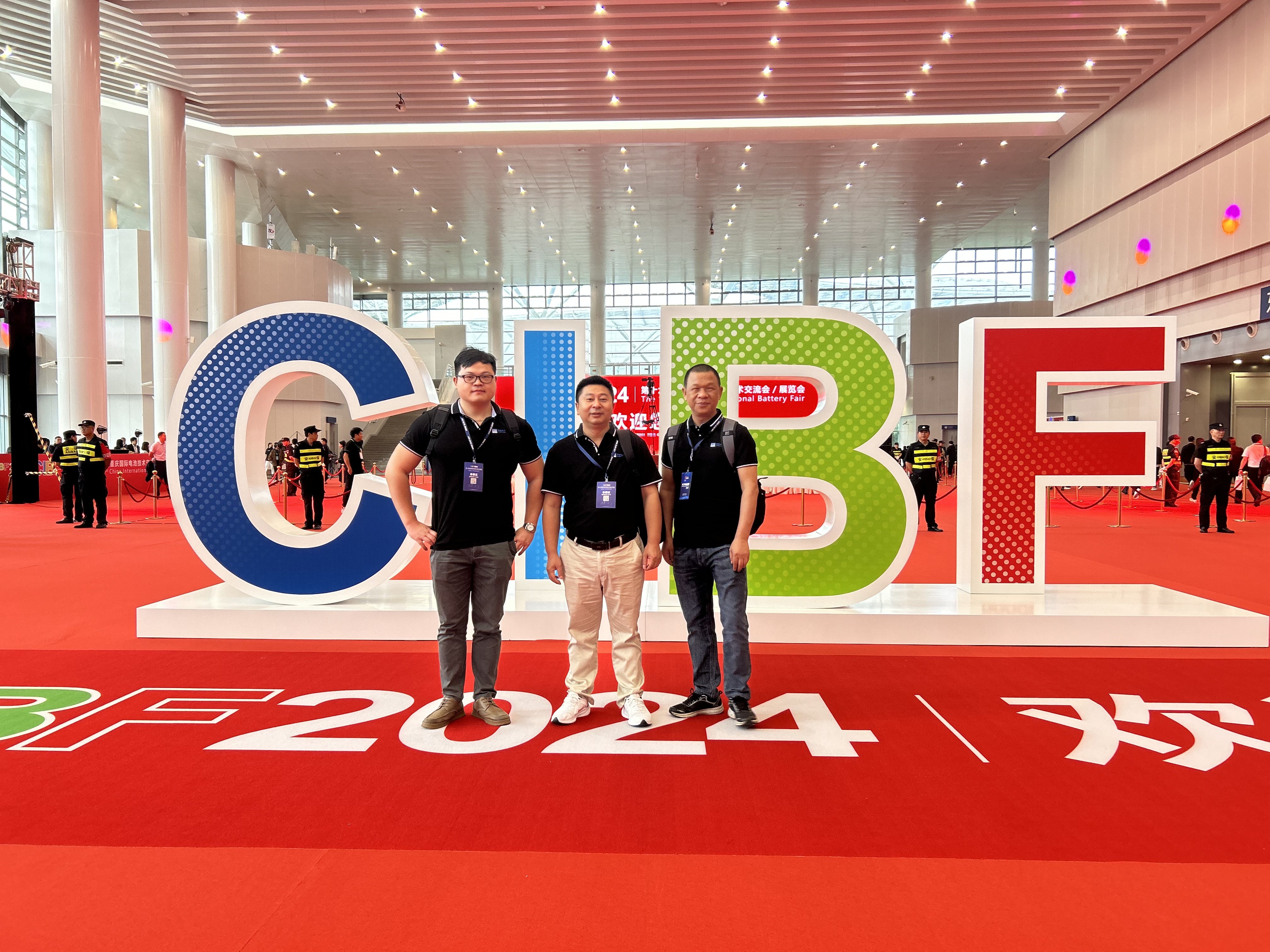
In today's era of rapid technological development, the reliability testing equipment industry is showing a booming development trend.
As the requirements for product quality and reliability in various fields continue to increase, the market demand for reliability testing equipment continues to grow. These devices play a vital role in many industries such as electronics, automobiles, aerospace, and medical devices, helping companies ensure that their products can operate stably in various complex environments and conditions.
At present, the reliability testing equipment on the market is constantly being updated. Advanced technologies such as intelligent control systems and high-precision sensors are widely used to make the testing process more efficient and accurate. For example, new environmental testing equipment can simulate more extreme temperature, humidity and pressure conditions to provide more comprehensive data for product reliability assessment.
In terms of market share, different types of reliability testing equipment perform differently. Environmental testing equipment occupies a large market share due to its wide range of applications and importance. Vibration testing equipment and mechanical properties testing equipment also have a considerable share, and they play a key role in evaluating the structural strength and durability of products. With the rapid development of the electronics industry, the market share of electronic special testing equipment is also gradually increasing.
At the same time, competition in the industry is becoming increasingly fierce. Major manufacturers have increased their R&D investment and are committed to developing testing equipment with better performance and more complete functions. In addition, some companies also focus on providing customized solutions to meet the special needs of different customers.
From the development trend, the reliability testing equipment industry will pay more attention to the in-depth analysis and utilization of data in the future. Through big data and artificial intelligence technology, the test results are deeply mined to provide companies with more targeted improvement suggestions.
In terms of policy, the country's emphasis on product quality and safety has also promoted the development of the reliability testing equipment industry. The continuous improvement of relevant standards and regulations has prompted companies to pay more attention to product reliability testing.
The following are some specific application cases of reliability testing equipment: In the electronics industry, a well-known mobile phone manufacturer uses reliability testing equipment to conduct strict environmental adaptability tests on its newly developed mobile phones, including extreme conditions such as high temperature, low temperature, and humidity, to ensure that the mobile phone can work normally in various environments; in the automotive field, automotive parts manufacturers use mechanical properties testing equipment to test the strength and durability of parts to ensure the safety and reliability of automobiles; in aerospace, the key components of aircraft are tested for their vibration resistance through vibration test equipment to adapt to the complex vibration environment during flight.
The data sources of the reliability testing equipment industry mainly include reports from market research institutions, statistical data from industry associations, public information from companies, and data released by relevant government departments. The analysis methods usually involve the measurement of market size, analysis of market share, and trend prediction. Commonly used analysis tools include statistical software, data analysis models, etc., which reveal the current status and development trends of the industry by sorting and analyzing a large amount of data.
In short, the reliability testing equipment industry has broad prospects, with both opportunities and challenges. Enterprises need to continuously innovate and enhance their own strength to adapt to market changes and development.

